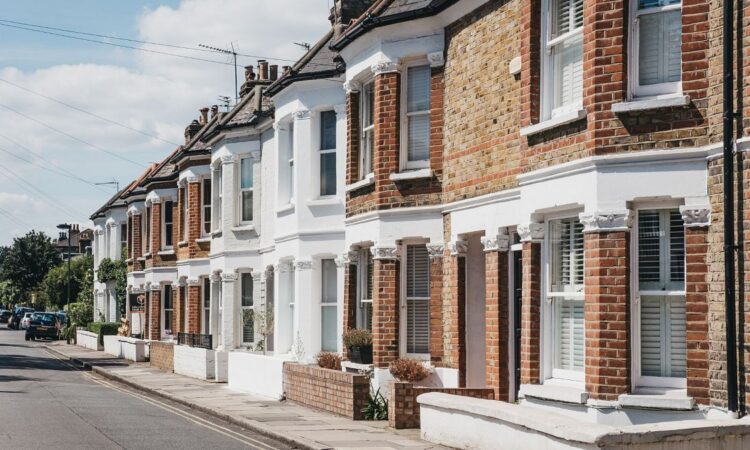
The August Halifax House Price Index also revealed which parts of the UK are seeing the most growth in house prices and what the average property price is in various areas across the country.
The year-on-year UK Halifax House Price Index for August was released on Friday, coming in at 4.3%, which was the largest jump since November 2022, according to Halifax and Bank of Scotland. This was also considerably more than the 2.4% seen in July, as well as a notch above analyst expectations of 4.2%.
However, this higher figure is also in part due to the weaker house prices seen last year, making the reversal to growth even more marked.
As of August, a typical property would cost a buyer £292,505, which is the highest price since August 2022 and slightly higher than July’s £291,585.
Month-on-month house prices inched up 0.3% in August, down from the 0.9% seen in July, but still above market forecasts of 0.2%.
Northern Ireland experienced the strongest growth in property prices in the UK, with a year-on-year surge of 9.8% in August. Wales recorded house prices rising 5.5% compared to last year, whereas Scotland saw a more subdued growth of 1.7% this year. London also saw housing prices inch up 1.5%.
In August, the average property price in Wales was £224,433, while Northern Ireland houses are likely to cost buyers £201,043. Scottish properties retailed at an average of £205,144, while London properties continued to be the most expensive at £536,056.
Amanda Bryden, head of mortgages at Halifax, said: “Recent price rises build on a largely positive summer for the UK housing market. Prospective homebuyers are feeling more confident thanks to easing interest rates. That optimism is reflected in the latest mortgage approval figures, now at their highest level in almost two years.
“Such has been the resilience of house prices that the average property is now just £1,000 shy of the record high set in June 2022 (£293,507). While this is welcome news for existing homeowners, affordability remains a significant challenge for many potential buyers still adjusting to higher mortgage costs.
“However, with market activity picking up and the possibility of further interest rate reductions to come, we expect house prices to continue their modest growth through the remainder of the year.”
Alice Haine, personal finance analyst at online investment service Bestinvest by Evelyn Partners, said in an email note: “Strong demand for properties is being matched by a surge in listings as sellers, previously sitting on the sidelines as they waited for market conditions to improve, are now making a move.
“Providing the economy continues its recovery, with robust economic growth recorded in the first half of the year and inflation falling to more palatable levels, housing market activity is expected to continue strengthening in line with easing affordability levels.
“That’s not to say that an expected uplift in inflation in the final few months of the year on the back of rising energy prices or a potential slowdown in the pace of interest rate cuts won’t create a few stumbling blocks along the way.”
Upcoming Bank of England rate decisions crucial for the UK housing market
The next Bank of England (BoE) interest rate decision will be announced on 19 September. In August, the BoE chose to cut interest rates by 0.25% to 5%, with the Monetary Policy Committee (MPC) voting 5-4 in favour of the rate cut.
For the housing market, the direction of these interest rate directions are particularly important, with higher interest rates likely to lead to less borrowing, because of increased mortgage rates. In turn, this can lead to a slow and lacklustre housing market.
On the other hand, falling interest rates can boost interest in the housing market by making borrowing cheaper for individuals and companies alike.
Although the Bank of England has taken a much more hawkish stance than other major central banks such as the US Federal Reserve, it is still expected to deliver at least one more rate cut by the end of this year. If so, this may go a long way in supporting growth within the UK housing market.
Haine noted: “With the housing market generally in better shape than it was little over a year ago when mortgage rates were still alarmingly high, all eyes will be pinned on the next interest rate decision later this month. The good news is that many major lenders have already begun trimming their headline deals.
“While another UK rate decision is expected before the year is out – though potentially not as early as this month – something that would improve mortgage rates for new borrowers and those on trackers, it won’t ease the concerns for those locked into fixed rate deals with some time left to run.
“Those on long-term fixes taken out before or during the early stages of the BoE’s rate-hiking cycle are still likely to face a jump in repayments when they eventually come to refinance.”
